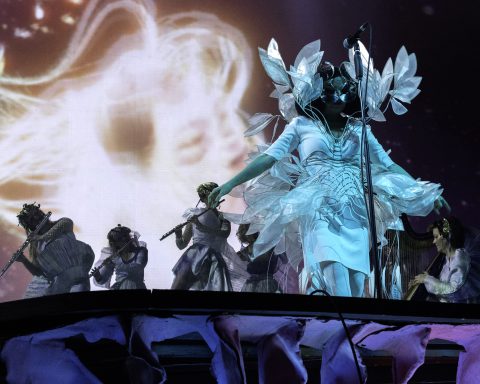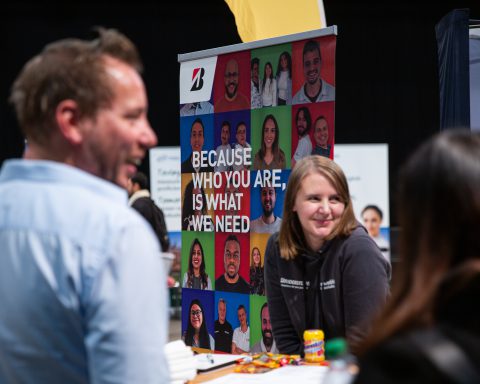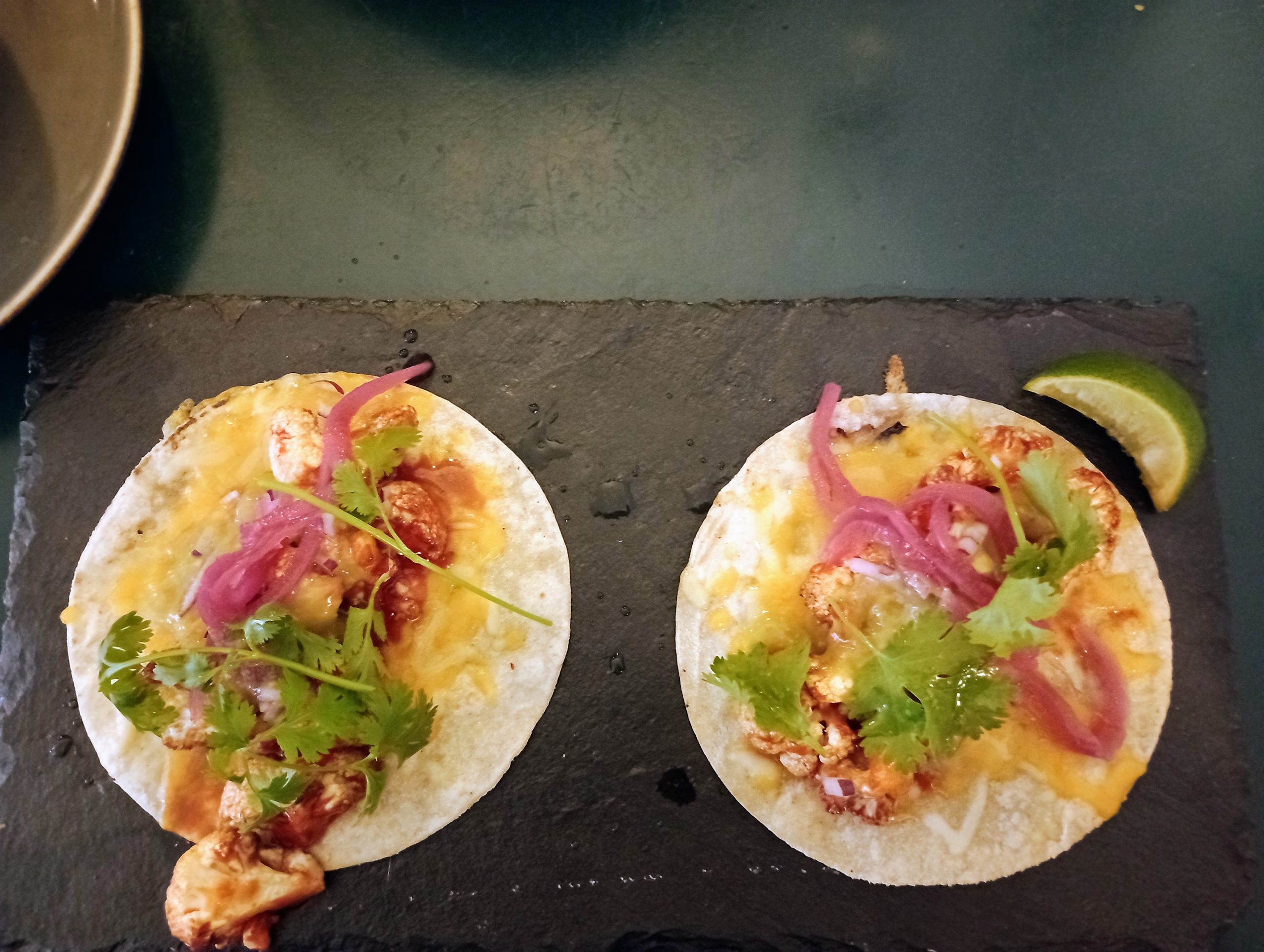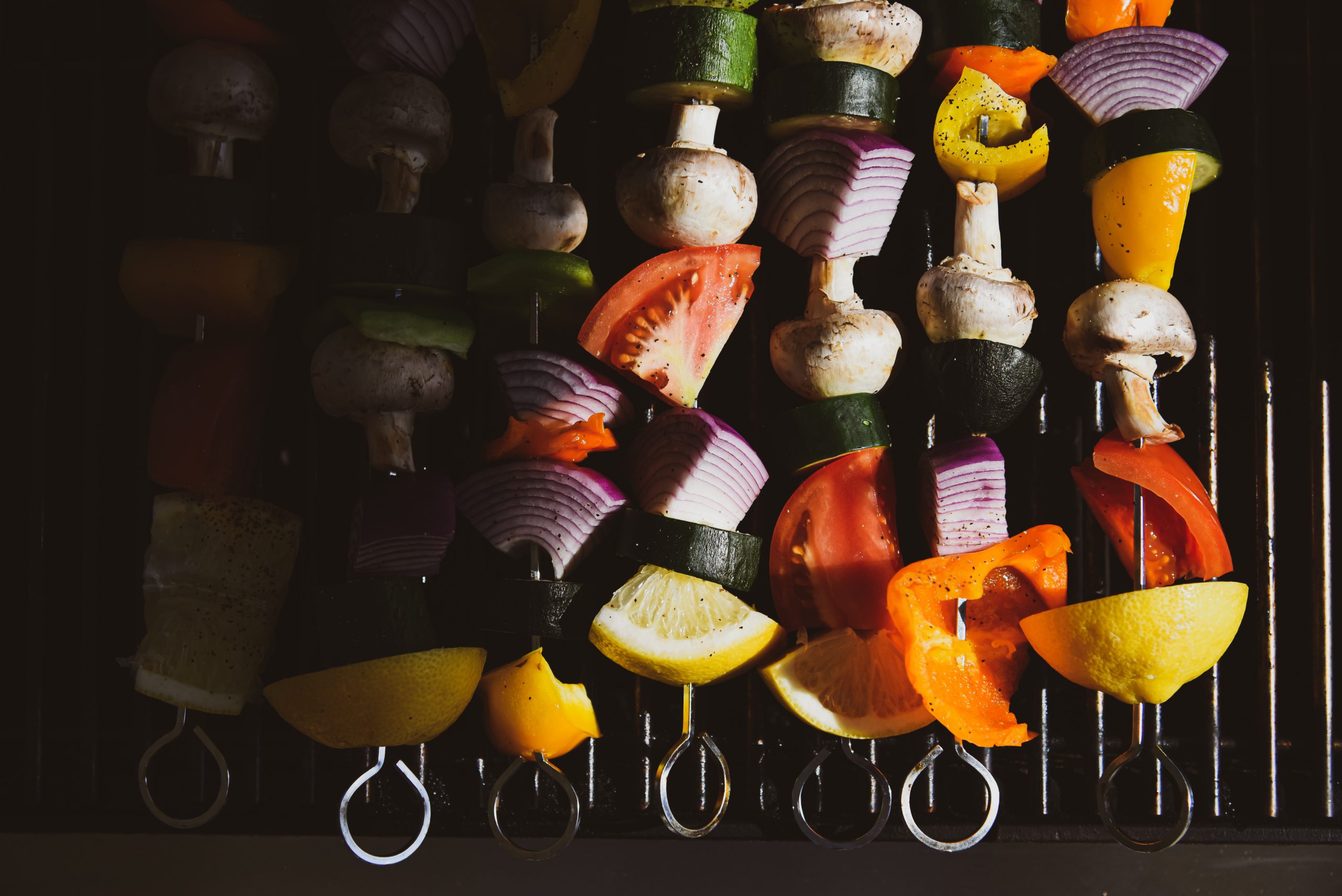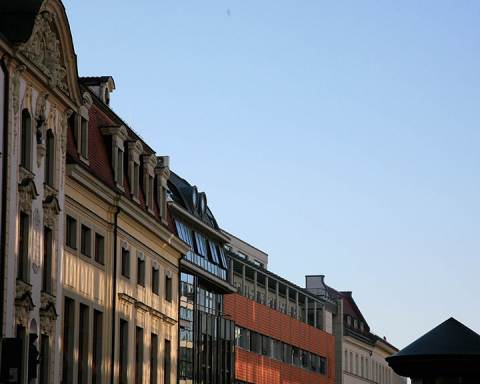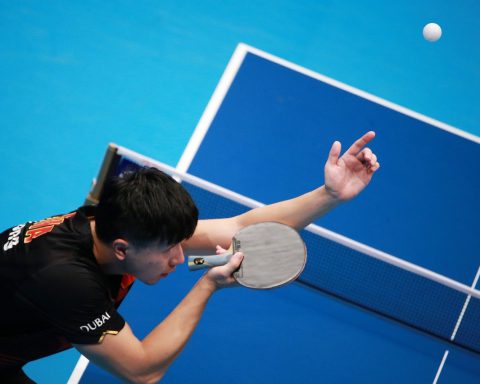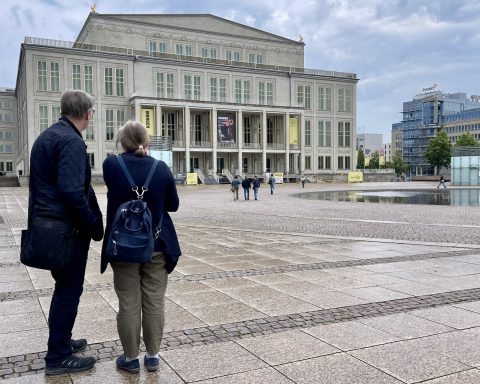Biking across Leipzig, I often notice sections of parks that are left unmown and wildflowers growing by the sides of the road. These meadows and wildflowers help to provide a home and food for pollinators like flies, bees and butterflies. Pollinators need food, which they get in the form of nectar from plants, while plants need pollinators to transport their pollen from flower to flower in the process so that they can reproduce. It’s a mutual relationship that keeps the meadows buzzing and full of flowers.
There are many local initiatives to help pollinators around Leipzig.
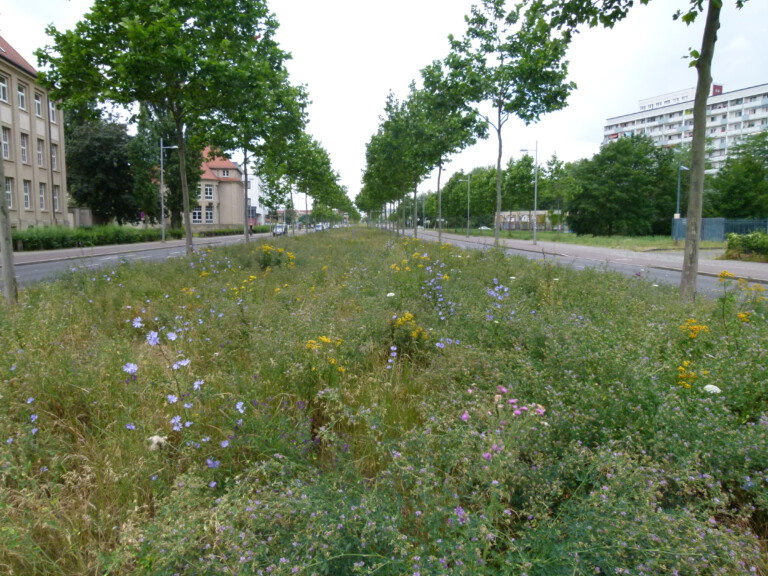
Recently, the city of Leipzig took an interest in a green strip on Semmelweisstraße and decided to manage it in an insect-friendly way. Since 2018, it has been mown twice a year and a strip down the middle is always left so that insects and their larvae have greenery to hide in and eat. Despite its unlikely location between two lanes of traffic, there has been a surprising amount of diversity in this small area.
Employees from the Leipzig Office for Environmental Protection monitored this 450 m long strip and were surprised to find 52 flowering plant species, including St.-John’s-wort, geraniums, clover, plantains, daisies and Queen Anne’s lace. Accordingly, they found 48 species of pollinators, including butterflies, bees and beetles.
We think of cities as being negative for wildlife, but they don’t have to be.
I am currently researching interactions between pollinators and plants. I am not studying single pollinators or plants but their communities. Yes, pollinators also form communities; we can draw a parallel between meadow-communities with pollinators and plants, and city-communities with people and buildings. Certain communities are stable while others are more vulnerable. City planners designing a new urban neighborhood, for example, would think about providing buildings with different functions.
Neighborhoods planned with just apartment buildings and restaurants would be more vulnerable to an economic crisis that could shutter the whole neighborhood. If, however, there were many different types of buildings, such as apartment buildings, office buildings, small and large stores, industrial buildings, restaurants and studios, then the neighborhood would be more resilient. Because it does not depend on one business to make it financially stable; it is buffered by multiple activities and businesses.
In a similar way, a lawn with only clover and daisies is only able to support a few species of pollinators.
If one of the pollinators or plants were to go extinct, the system would crash, since it is very vulnerable in its dependence on just a few plants and pollinators. Meadow-communities with different shapes and colors of flowers support different types of pollinators and are more stable.
For example, white and light-colored flowers with flat tops, like Queen Anne’s lace and daisies, attract flies; blue and yellow deep flowers, like bell flowers and chicory, attract bees; while pink and white deep flowers, such as carnations, attract butterflies.
Having a meadow full of blue, white, pink, purple, deep,and shallow flowers attracts communities of wild bees, honey bees, bumblebees, syrphid flies, tachinid flies, house flies, butterflies and moths. If one of these flowers or pollinators were to disappear, the community would still be stable. The more stable communities are able to ensure stable pollination service, which is necessary for the reproduction of most wild plants and many crops.
Initiatives to provide food and habitat for pollinators help to build the right infrastructure to support a vibrant and buzzing community in our city. City-wide projects, including the planting of native flower strips on unoccupied areas, or mowing less often to promote flower species to grow, help provide diversified food for pollinators.
Any interested Leipzigers can also plant their gardens and balconies to help create a stable pollination community, first of all by planting different shapes and colors of flowers, or if they have a lawn already, to mow it less frequently so that flowers can grow.
Long-blooming flowers and flowers that bloom at different times give pollinators a food supply that can support them for the whole summer. Flowers native to Germany are the most useful to pollinators because they are already used to them and like them.
Several environmental NGOs in Leipzig offer seed mixtures with native plants that are good for pollinators. Although some plants look nice, it doesn’t mean that they are necessarily good for pollinators. For example, the popular geranium, originally from South Africa, has a closed center and doesn’t provide any food for pollinators. Other non-native flowers, such as Canadian goldenrod, can spread easily and take over so native plants don’t have as much space to grow.
Although small on their own, each balcony, garden, and yard can add up to support stable communities of pollinators if managed in the right way.
Our research group created the exhibit Flower seekers: the intertwined story of pollinators and plants (in German: Blüten(be)sucher: Beziehungsgeschichten aus der Natur). This pollination exhibit ran from July 18 to October 4, 2020 in the Botanical Garden Leipzig. We were supported by the German Centre for Integrative Biodiversity Research, the Helmholtz Centre for Environmental Research, the Martin Luther University of Halle-Wittenberg and Leipzig University.
The exhibit focused on the relationship between plants and pollinators, putting a new spin on pollination by showing how we as scientists study pollination and how we can tell if meadow communities are stable. We also included lots of tips on how to help pollinators, including a map that showed the number of projects in Leipzig with that aim.
By Elena Motivans
Elena Motivans is a PhD student at the Helmholtz Centre for Environmental Research who is fascinated by the wonders of meadows and the teeming life and beauty that they contain. In addition to enjoying nature and being outside, she writes about science in her free time.
Editor’s note: This article was first published in 2020.



